Donald T. Haynie9780521711340, 0521711347
Table of contents :
Cover……Page 1
Half-title……Page 3
Title……Page 5
Copyright……Page 6
Dedication……Page 7
Contents……Page 9
Preface to the second edition……Page 13
A. Introduction……Page 19
B. Distribution of energy……Page 25
C. System and surroundings……Page 29
D. Animal energy consumption……Page 31
E. Carbon, energy, and life……Page 36
F. References and further reading……Page 37
G. Exercises……Page 39
A. Introduction……Page 43
B. Internal energy……Page 47
C. Work……Page 49
D. The First Law in operation……Page 53
E. Enthalpy……Page 56
F. Standard state……Page 59
G. Some examples from biochemistry……Page 60
H. Heat capacity……Page 65
J. References and further reading……Page 69
K. Exercises……Page 71
A. Introduction……Page 76
B. Entropy……Page 79
C. Heat engines……Page 84
D. Entropy of the universe……Page 87
E. Isothermal systems……Page 88
F. Protein denaturation……Page 90
G. The Third Law and biology……Page 92
H. Irreversibility and life……Page 93
I. References and further reading……Page 96
J. Exercises……Page 98
A. Introduction……Page 103
B. Equilibrium……Page 106
C. Reversible processes……Page 111
D. Phase transitions……Page 113
E. Chemical potential……Page 116
F. Effect of solutes on boiling points and freezing points……Page 120
G. Ionic solutions……Page 122
H. Equilibrium constant……Page 126
I. Standard state in biochemistry……Page 128
J. Effect of temperature on K……Page 131
K. Acids and bases……Page 133
L. Chemical coupling……Page 135
M. Redox reactions……Page 138
N. References and further reading……Page 142
O. Exercises……Page 144
B. Photosynthesis, glycolysis, and the citric acid cycle……Page 152
C. Oxidative phosphorylation and ATP hydrolysis……Page 157
D. Substrate cycling……Page 164
E. Osmosis……Page 165
F. Dialysis……Page 172
G. Donnan equilibrium……Page 175
H. Membrane transport……Page 176
I. Enzyme–substrate interaction……Page 180
J. Molecular pharmacology……Page 183
K. Hemoglobin……Page 188
L. Enzyme-linked immunosorbent assay (ELISA)……Page 190
M. DNA……Page 192
N. Polymerase chain reaction (PCR)……Page 196
O. Free energy of transfer of amino acids……Page 198
P. Protein solubility……Page 200
Q. Protein stability……Page 202
R. Protein dynamics……Page 209
S. Non-equilibrium thermodynamics and life……Page 211
T. References and further reading……Page 213
U. Exercises……Page 217
A. Introduction……Page 225
B. Diffusion……Page 229
C. Boltzmann distribution……Page 233
D. Partition function……Page 240
E. Analysis of thermodynamic data……Page 241
F. Multi-state equilibria……Page 246
G. Protein heat capacity functions……Page 253
H. Cooperative transitions……Page 254
I. “Interaction” free energy……Page 256
J. Helix–coil transition theory……Page 258
K. References and further reading……Page 261
L. Exercises……Page 264
A. Introduction……Page 268
B. Single-site model……Page 271
C. Multiple independent sites……Page 273
D. Oxygen transport……Page 279
E. Scatchard plots and Hill plots……Page 283
F. Allosteric regulation……Page 287
G. Proton binding……Page 290
H. References and further reading……Page 293
I. Exercises……Page 295
A. Introduction……Page 299
B. Rate of reaction……Page 302
C. Rate constant and order of reaction……Page 304
D. First-order and second-order reactions……Page 305
E. Temperature effects……Page 308
F. Collision theory……Page 309
G. Transition state theory……Page 312
H. Electron transfer kinetics……Page 315
I. Enzyme kinetics……Page 317
J. Inhibition……Page 322
K. Reaction mechanism of lysozyme……Page 324
L. Hydrogen exchange……Page 325
M. Protein folding and pathological misfolding……Page 329
N. Polymerization……Page 332
O. Muscle contraction and molecular motors……Page 335
P. References and further reading……Page 338
Q. Exercises……Page 340
B. What is energy?……Page 344
C. The laws of thermodynamics and our universe……Page 347
D. Thermodynamics of (very) small systems……Page 349
E. Formation of the first biological macromolecules……Page 350
Proteins……Page 352
Nucleic acids……Page 353
F. Bacteria……Page 355
G. Energy, information, and life……Page 357
Thermodynamic optimization and biology……Page 358
Information theory and biology……Page 360
The simplest is not so simple……Page 365
Molecular communication……Page 366
H. Biology and complexity……Page 367
I. The Second Law and evolution……Page 373
J. References and further reading……Page 377
K. Exercises……Page 384
Appendix A General references……Page 387
A. Introduction……Page 390
B. Differential scanning calorimetry……Page 391
C. Isothermal titration calorimetry……Page 392
E. References and further reading……Page 394
Appendix C Useful tables……Page 396
Appendix D BASIC program for computing the intrinsic rate of amide hydrogen exchange from the backbone of a polypeptide……Page 403
Glossary……Page 418
Index of names……Page 429
Subject index……Page 431
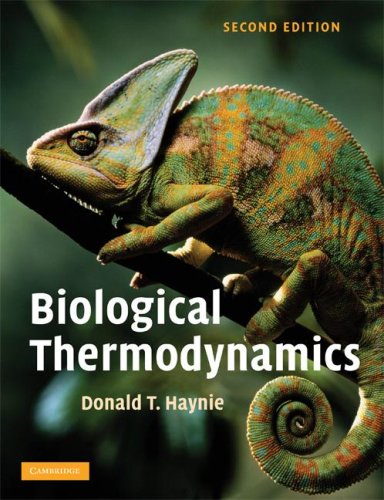
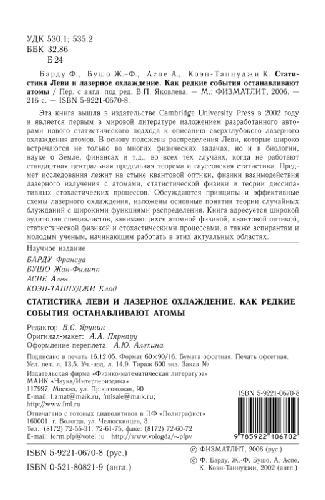
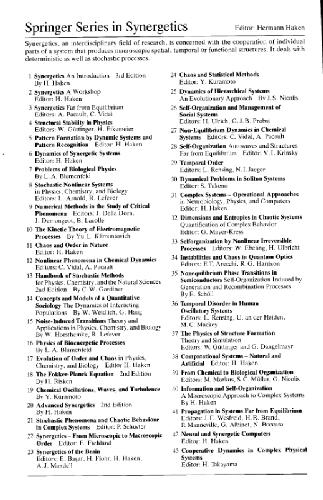

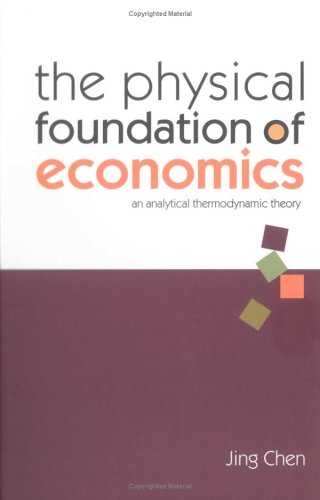

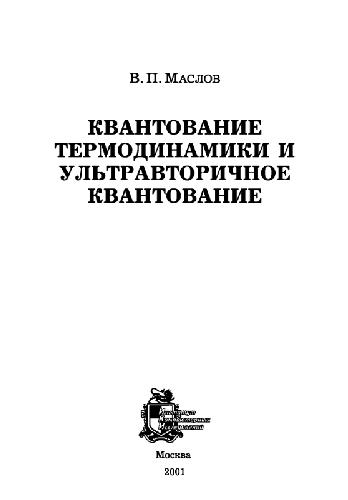
Reviews
There are no reviews yet.